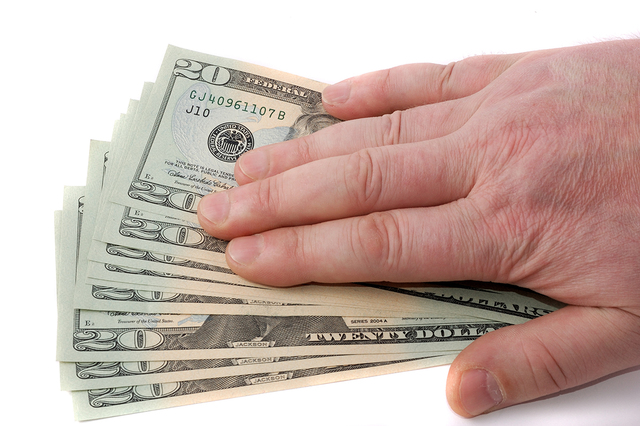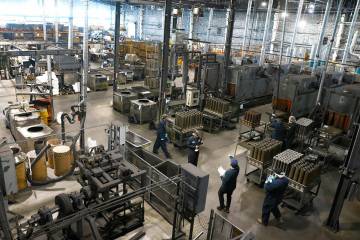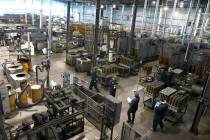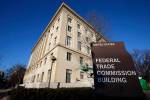Nevada workers pocket more money in 4th quarter, state officials say
The latest numbers on weekly wage growth in the state may reflect an overall improved labor market in Nevada.
That’s according to data from the state’s Department of Employment, Training and Rehabilitation.
Workers earned an average of $950 a week during the third quarter of 2016, a gain of 10.2 percent year over year. For a five-day work week of 40 hours, that’s $23.75 an hour and $49,400 a year, DETR officials said in a statement Tuesday.
The increase may be because workers received earlier end-of-year bonuses, DETR economist Jeremy Hays said in the statement.
The modest growth pace combined with encouraging data on more jobs and fewer unemployment insurance claims has state officials feeling positive.
“One-time events contributed to the gain in wages,” Hays said. “That longer-term view, showing wages trending up slightly in excess of 2 percent on a year-over-year basis, is surely a better barometer.”
During the first three quarters of 2016, weekly wages grew $39, an increase of 4.6 percent.
Since early 2013, wage growth has averaged 2.3 percent on an annualized basis. Wages have grown at a modest pace since 2011, but they still grew in 13 of the last 14 quarters.
During the recession’s nadir, wages dropped in five of seven quarters.
Even with raising wages, local employers continue to express a need for more skilled workers. And while the unemployment rate, at 5.7 percent for 2016, has been declining, it remains above the national rate of 4.9 percent.
The wage increase may be because of higher hourly pay and more hours of work for the average employee, said C. Jeff Waddoups, economics department chairman at UNLV’s Lee Business School. A falling unemployment rate can cause both cases.
“In the U.S., over the last 35 years or so, hourly wages for the typical worker have not kept up with inflation,” he said. “So whenever we get real wage growth for the typical worker, it is notable.”
Wage growth is also a factor the Federal Reserve wants to see before it next raises the interest rate, said Steve Miller, director of UNLV’s Center for Business and Economic Research.
The Fed’s next interest rate hike will affect multiple parts of life, from increases on floating mortgage rates to less loans from banks.
An interest rate hike may come anyway as Washington and President Donald Trump discuss increased spending on defense and infrastructure projects because more spending by the government can lead to inflation, Miller said.
Contact Wade Tyler Millward at wmillward@reviewjournal.com or 702-383-4602. Follow @wademillward on Twitter.




























